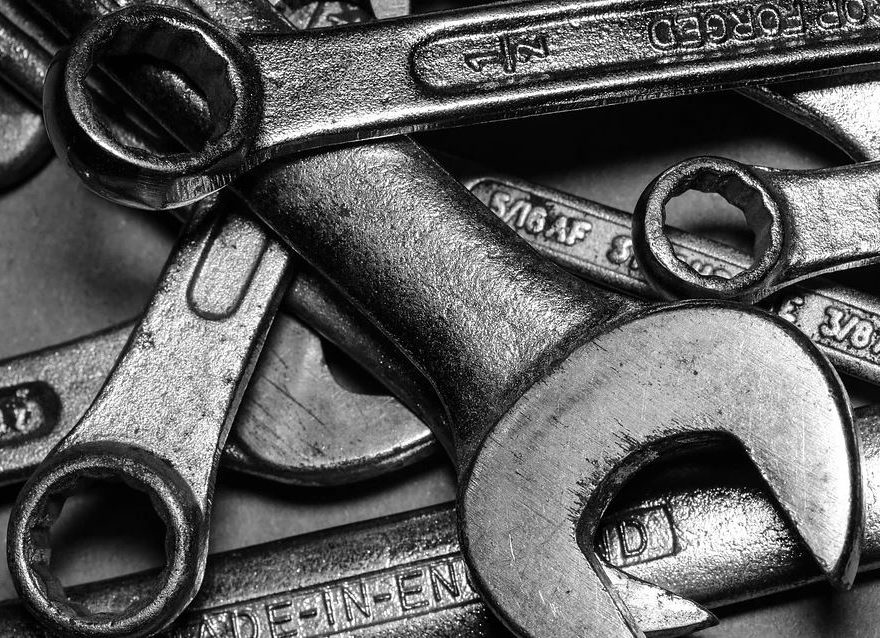Although studying is an activity that I try to exercise regularly, and that I have never wanted to leave, I, as the persons who are now over 55, had the official label of student a few years ago, specifically in the seventies and in the eighties.
There were times of effervescence in the institutes and in the universities, with the first assemblies and demonstrations, to which, on the other hand, the same people always attended. Some were not even in our schools or institutions, but were “professional” troublemakers who went from one place to another stirring up the easily excitable masses that were then in them.
Before arriving at them, when we were still in shorts to school, we had a school period called Basic General Education, better known as the EGB, in which one was until the eighth grade, which coincided, with few exceptions, with the age of fourteen years of age or to be completed that year.
When that cycle ended, it was time to decide for the first time in life the academic destination that one wanted to choose. These were essentially divergent paths, because although there was the possibility of converging later, it rarely happened, and so we were faced with a decision that conditioned one’s life almost definitively. And since at that tender age, you do not have the power to make decisions of that magnitude, not legal, but not even intellectual or conceptual, almost always they were the parents who did it for you.
The choice was very clear:
-
Cycle 1: Polyvalent Unified High School (BUP) + the University Orientation Course (COU) and then, after passing the Selectivity, the University arrived.
-
Cycle 2: the so-called Professional Training, which then had two levels, FP I and FP II. And the very few students who wanted to get hooked on Cycle 1 could do it later.
Well, there were few cases in which parents chose the second case for their children. I know that I am not politically correct in what I am going to say, but those who lived through that time know that what I say is something that everyone knew. Somehow, that second path was chosen by excluding the first. That is, those who were not worth studying, were sent to the FP. Popular culture dictated that the first social level was given by option 1, while the second was reserved for those who, to the shame of their parents, were useless. The parents counted on the small mouth that their children had gone to the FP, and in the towns not exactly positive comments were made about a boy in case he had gone to the FP. The first option was equated with validating to study and the second with validating to work, generally manually. That was the tirade and what exuded the educational system for the kids who, like me, faced this crossroads in the 1970s.
We are heirs as a society of our decisions. The much reviled FP turned out to be a more than worthy path for many people who made a good future for themselves, while the universities filled with people who, in many cases, either did not want or did not know how to study. I will only give one piece of information: at the Higher School of Engineering in Bilbao, twelve groups entered on the first course, with an average of 80 kids per group. Well, the following year, in the second year, those of us who passed the first year did not fill even three classrooms of the same average. Was it a difficult career? Yes very difficult. Was there overcrowding? Yes, a lot of overcrowding.
All this that I am telling has its corollary in the fact that the large companies of that time had their own master’s schools, where the kids who would later work in them were educated. Until the mid-1970s, AHV schools, Babcock and La Naval, trained qualified technicians. These people have been the specialized workforce that has filled the direct and intermediate positions of “manual” professions linked to industrial maintenance for the past 45-50 years. At the beginning of the 80s, Europe, with the industrial reconversion of the iron and steel and naval sector to which it forced Spain, led to the closure and/or reconversion of several of these emblematic companies (Altos Hornos, Euskalduna, La Naval, etc.) with the consequent disappearance of those trades as an own company activity to be a subcontracted service. All these workers went to the streets, to join the unemployment lists, and the most fortunate ones relocated to the companies in the same or other jobs.
We must in no way underestimate the role that immigration had in the last century in Spanish industrial societies. People from other parts of Spain contributed, with their natural intelligences, and the industrial culture to which they adapted, a significant amount of labour both in quantity and in many cases in quality. People who came very young, although they did not bring a great formation of origin, they brought the best that can be brought in these cases: the desire to work and learn. And did they work and learn, thus contributing to the trade that we will talk about later in the second part of this series of articles on the subject.
To get out of that rampant crisis (unemployment in the Basque Country was 20%, figures never seen in this place), in my area a bet was made for technology centres, similar to the one being asked to do now (we do not believe that all the digitization and technology is a topic of today). Companies began to ask for other types of professionals, and the professional training itself began to incorporate other specialties that have survived to this day. The third module of FP was incorporated, and the career was sophisticated, in accordance with the evolution of time. And it’s until today.
This problem that we are describing has occurred in all branches of Professional Training, but especially in mechanics. In some way, the electrical-instrumentation has been saved from burning. They are called in “Technicians in …”, there is a constant update of concepts and subjects, and new modules are incorporated into it. But the mechanical part, on which a good part of our industry is nourished, has not had that reconversion. They have opted for various formulas, almost all unsuccessful and geared towards cooperation with the companies, knowing that is where the Achilles’ heel is located, and the system, and the result and consequences are described below.
The truth is that the demand for these professions has continued to exist despite the successive crises. However, regulated professional training has not given the adequate level to “manual” or “semi-artisan” professions, with processes and tools that have not changed.
Next chapter: Second part-Consequences.

